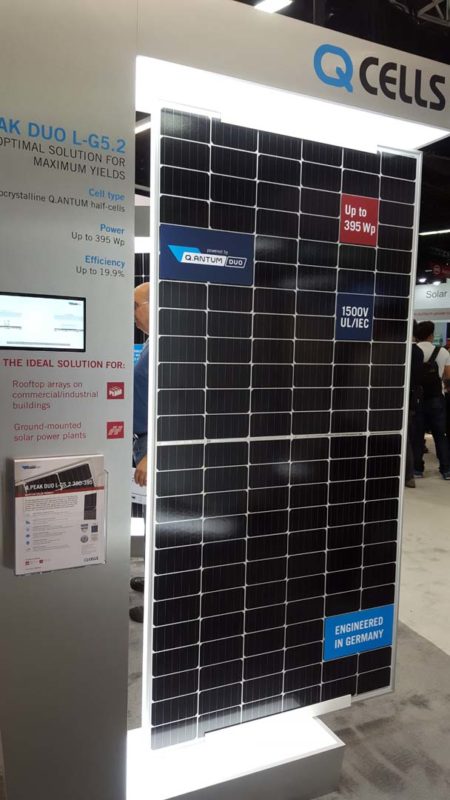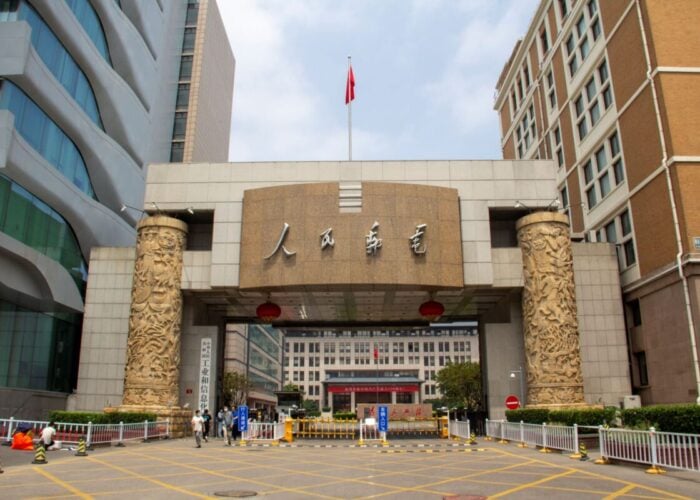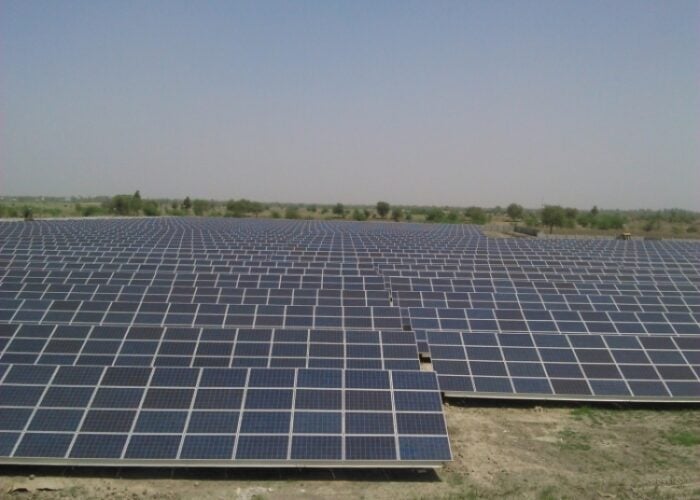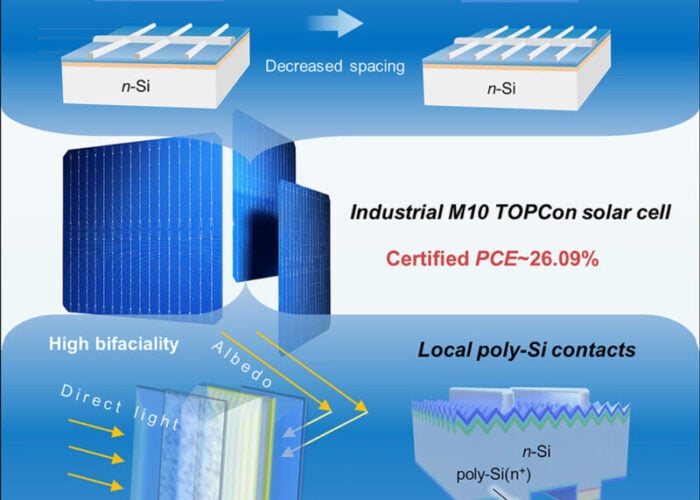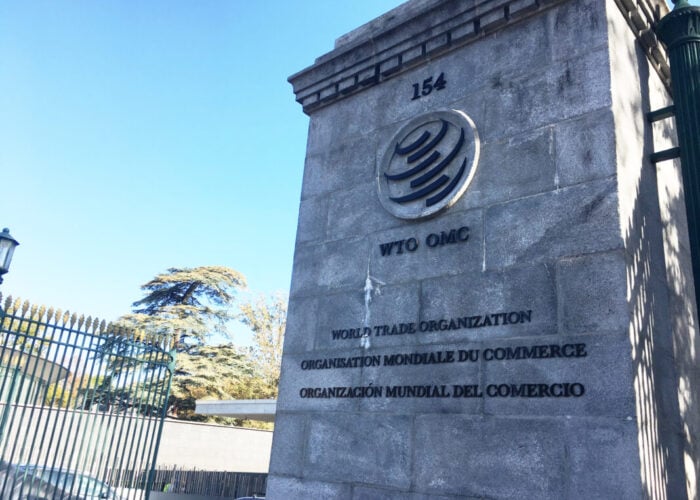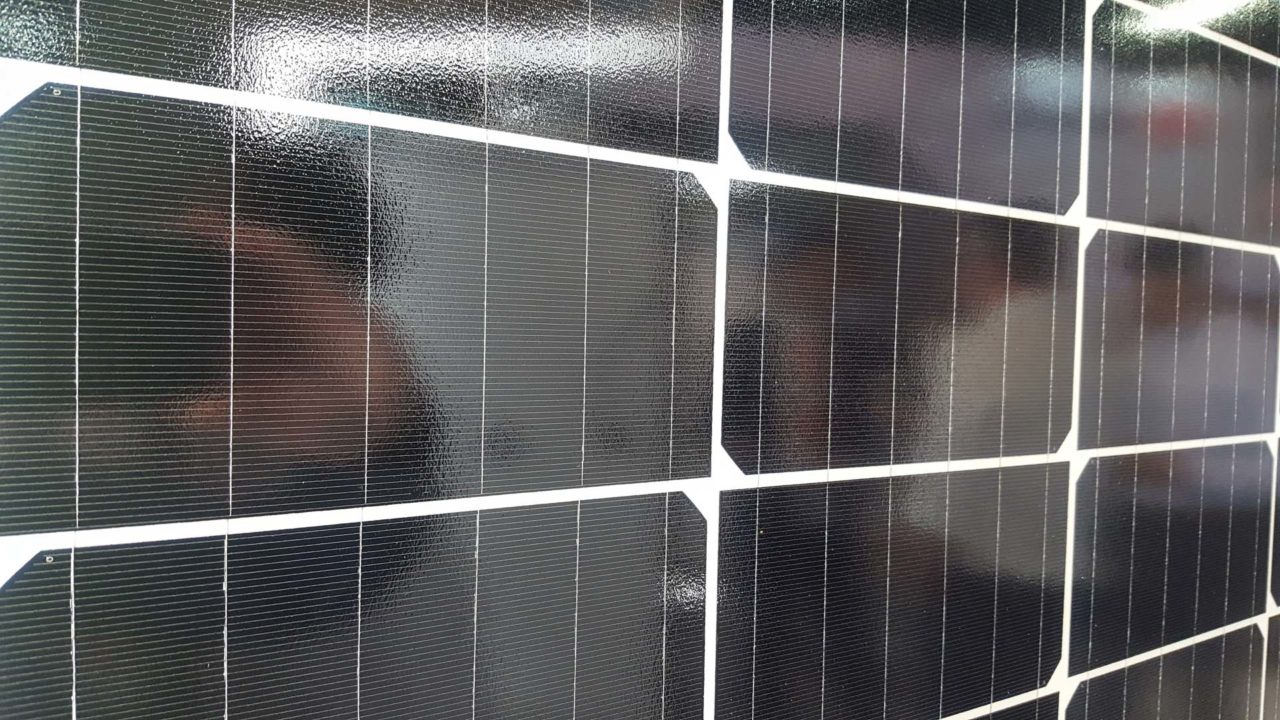
Hanwha Q CELLS introduced a benchmark high-efficiency Q.PEAK DUO module series that combines half-cut cell technology, six-bus-bars and the company’s proprietary Q.ANTUM (PERC) monocrystalline cell technology with efficiencies of close to 20% and power outputs of up to 330Wp from 120 half-cut cells and up to 395Wp from 144 half-cut cells.
Problem
Try Premium for just $1
- Full premium access for the first month at only $1
- Converts to an annual rate after 30 days unless cancelled
- Cancel anytime during the trial period
Premium Benefits
- Expert industry analysis and interviews
- Digital access to PV Tech Power journal
- Exclusive event discounts
Or get the full Premium subscription right away
Or continue reading this article for free
The PV manufacturing industry is migrating to high-efficiency modules, yet crystalline silicon cells can be impacted by a number of degradation factors. Controlling various degradation effects such as PID (potential induced degradation), LID (light induced degradation) and LeTID (light and elevated temperature induced degradation), which can appear on multicrystalline monocrystalline PERC solar cells in early operation stages is required to mitigate the effects of degradation.
Solution
Q.ANTUM is the proprietary solar cell technology platform of Hanwha Q CELLS and the engine behind its complete portfolio of solar modules. While being based on the rear side passivation of the solar cell (PERC), Q.ANTUM offers many additional features that differentiate it from conventional PERC technologies. Q.ANTUM Technology's strength lies in controlling various degradation effects such as PID LID and LeTID.
Applications
Residential and C&I rooftops.
Platform
Hanwha Q CELLS implemented processes to control degradation are reflected in the performance warranties of all Q.ANTUM products with at least 98 % of nominal power during first year. Thereafter a maximum of 0.54 % degradation per year and at least 93.1 % of nominal power up to 10 years, with at least 85 % of nominal power up to 25 years. Additionally, Q.ANTUM features Hot-Spot-Protect and Tra.Q laser marking for 100 % traceability of any cells produced, as well as strict Q CELLS quality standards. The series starts with the Q.PEAK DUO: monocrystalline 120 half-cell Q.ANTUM module, white backsheet, black frame, improved temperature coefficient, and power ratings of up to 330Wp and the Q.PEAK DUO BLK: all-black monocrystalline 120 half-cell Q.ANTUM module, black backsheet, black frame, improved aesthetics, and power ratings of up to 320Wp
Availability
September 2017 onwards.
